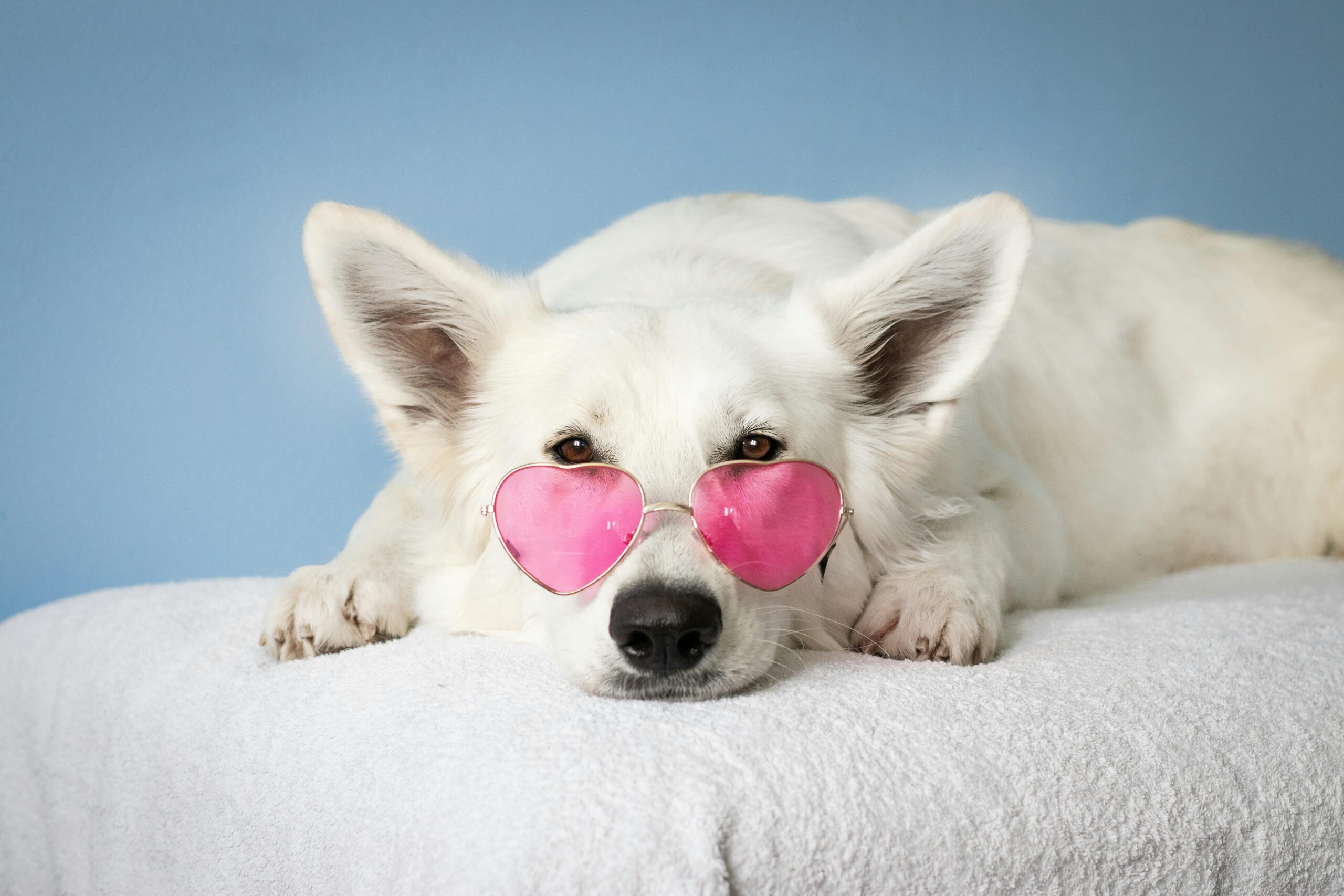Bringing a new dog into your home is exciting, but it can also be stressful for both your family and your existing pets. Whether you’re adopting a rescue, adding a second dog, or bringing home a puppy, introductions matter. A rushed or poorly managed introduction can lead to tension, fighting, or long-term behavior issues.
As a professional trainer in Toledo, I’ve helped countless families navigate this transition successfully. With the right approach, you can set your dogs up for a peaceful, positive relationship from the very beginning.
Start With Neutral Territory
The first meeting should happen in a neutral space, not in your home where your resident dog feels territorial.
Best practices for the first introduction:
- Choose a quiet park or open outdoor space
- Keep both dogs on leash with slack to avoid tension
- Walk them parallel at a distance before moving closer
- Allow sniffing only after calm behavior is established
- Keep greetings brief, then redirect to walking again
This calm, structured approach prevents overwhelming either dog.
For more details, the AKC offers a helpful guide on introducing dogs that reinforces why neutral ground is so important.
Bring the New Dog Home Slowly
Once the initial introduction goes well, it’s time to bring the new dog inside. Keep in mind that the first few days set the tone for the relationship.
Tips for the first days at home:
- Give each dog their own food and water station
- Use crates or gates to create separation when unsupervised
- Rotate supervised play and downtime
- Reward both dogs for calm interactions
- Keep high-value items like bones or toys put away until trust is built
Managing the environment is critical in preventing resource guarding or fights.
Structured Walks Build Bonding
One of the most effective tools for building trust between dogs is the walk. Walking side by side provides shared activity, reduces tension, and helps dogs form a pack-like bond.
How to use walks effectively:
- Start with short, calm walks around the block
- Keep leashes loose and parallel walking positions
- Reward both dogs when they check in with you
- Slowly increase distance and duration over time
Walks give dogs a sense of teamwork without forcing face-to-face confrontation.
Monitor Body Language Closely
Dogs communicate through subtle signals. Watching for stress cues early helps you prevent problems.
Warning signs to look for include:
- Stiff posture or raised hackles
- Hard staring or freezing
- Growling, lip curling, or baring teeth
- Excessive mounting or rough play
- Avoidance or hiding
If you notice these signals, calmly redirect with a command like “sit” or “come,” and separate the dogs if needed.
Give Each Dog Individual Attention
It’s easy to focus all your energy on the new dog, but your existing dog still needs reassurance. Make sure both dogs get one-on-one time for training, play, and affection. This prevents jealousy and helps each dog feel secure in their place within the family.
One of the most effective strategies is using positive reinforcement training. Rewarding both dogs for calm, appropriate behavior ensures that introductions stay productive and reduces the likelihood of conflict.
Avoid Common Mistakes
Introducing dogs takes patience. Avoid these common pitfalls that can create conflict:
- Throwing dogs together too quickly without structure
- Allowing free feeding with no boundaries
- Leaving toys, chews, or beds unmonitored
- Skipping walks or training sessions during the transition
- Punishing one dog for reacting instead of managing the environment
Structured management is always more effective than letting dogs “work it out.”
Final Thoughts
Bringing home a new dog is a big adjustment, but with patience and structure, you can create a harmonious household. Start with neutral introductions, supervise interactions, and use training to build calm cooperation between pets.
If you need help creating a smooth transition, our Basic & Advanced Obedience programs are designed to provide the structure and confidence your dogs need.
Ready to create a peaceful multi-dog household? Contact us today to set up your consultation.


